Lancia Aprilia classic cars for sale
The Lancia Aprilia stands out for its aerodynamic innovation, advanced V4 engine, and a rich variety of bespoke coachbuilt bodies. Produced from 1937 to 1949, it remains a benchmark for elegance, engineering and technical progress in pre- and post-war Europe.
Search results
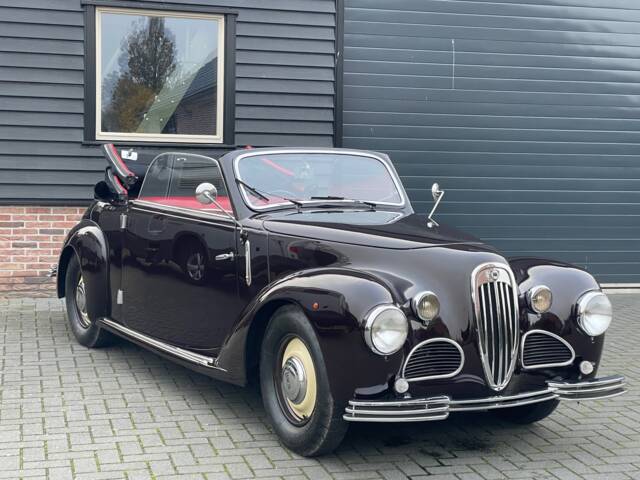
1939 | Lancia Aprilia
Lancia Aprilia Series 1 Cabriolet Bertone 1939. one-of
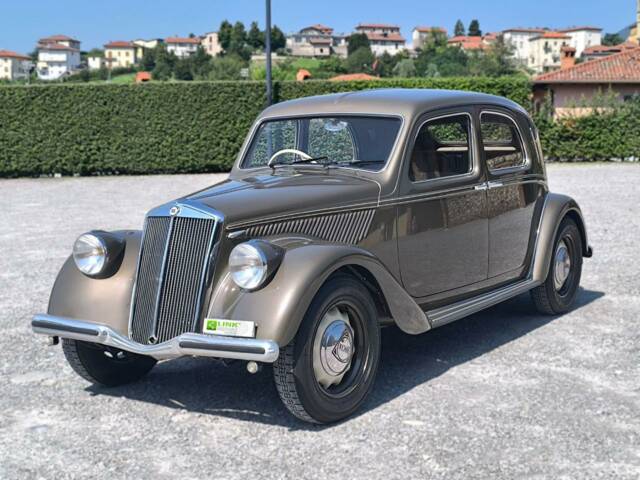
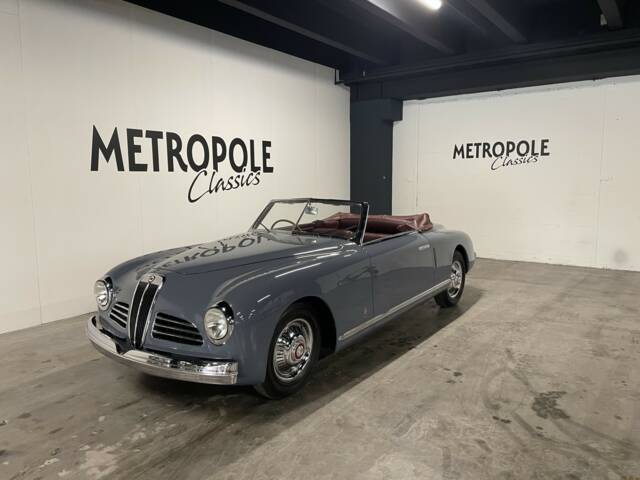
1947 | Lancia Aprilia Pininfarina Cabriolet
Lancia Aprilia Special Prototype by Pinin Farina Cabriolet M0511
Lancia Aprilia listing references from Classic Trader
Below you will find listings related to your search that are no longer available on Classic Trader. Use this information to gain insight into availability, value trends, and current pricing for a "Lancia Aprilia" to make a more informed purchasing decision.
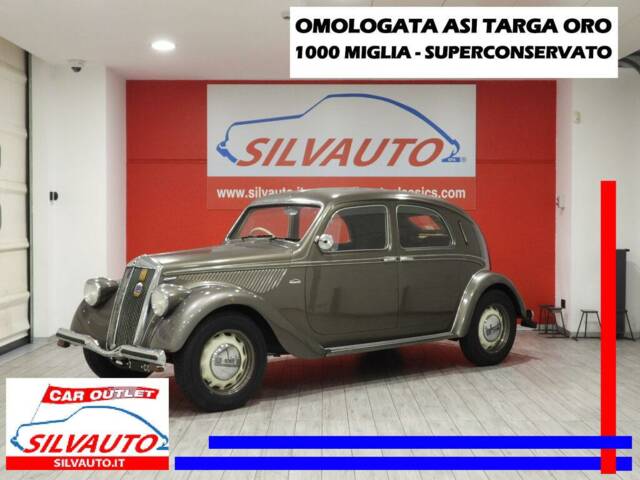
1939 | Lancia Aprilia
LANCIA APRILIA BERLINA MOD. 238 1350cc (1939) ISCRITTA REGISTRO LANCIA E OMOLOGATA ASI TARGA ORO – PRIMA SERIE – RARA – SUPERPREZZO
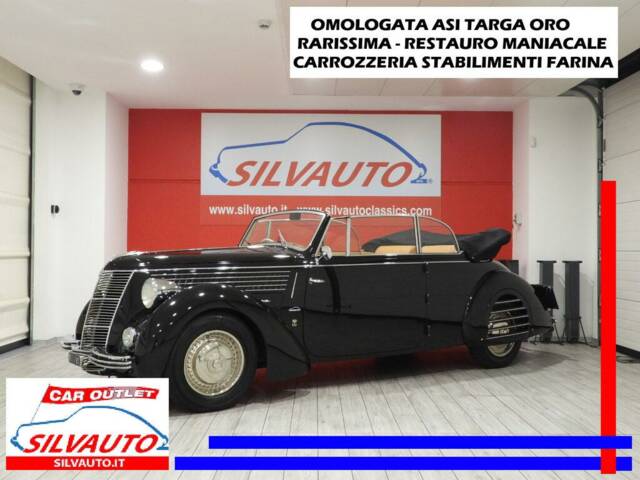
1937 | Lancia Aprilia
LANCIA APRILIA CONVERTIBILE STABILIMENTI FARINA - OMOLOGATA ASI TARGA ORO – RESTAURO MANIACALE – RARISSIMA – SUPERCONDIZIONI – SUPERPREZZO (1937)
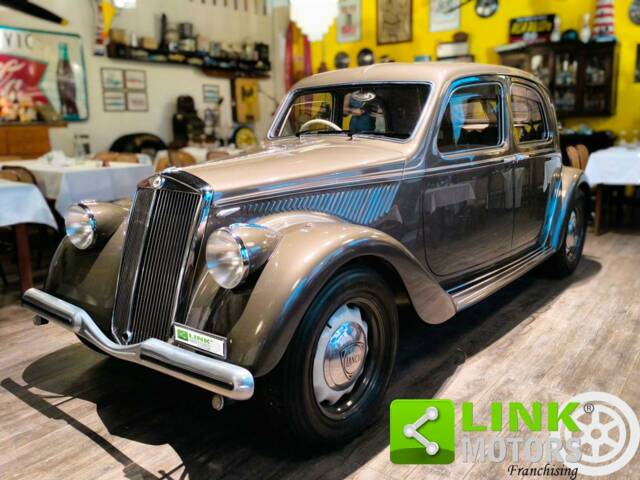
1949 | Lancia Aprilia
LANCIA Aprilia
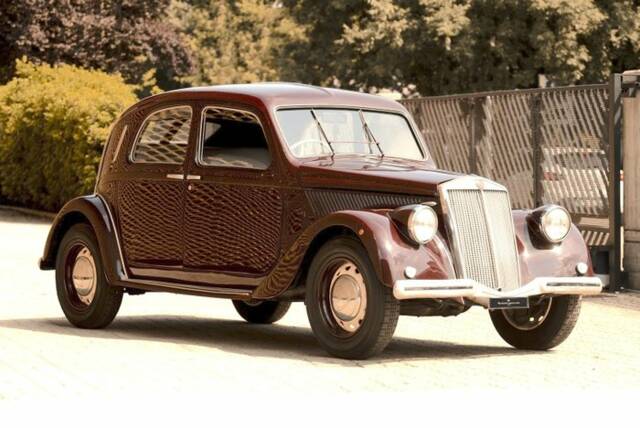
1949 | Lancia Aprilia
Lancia - Aprilia - RHD - 1949
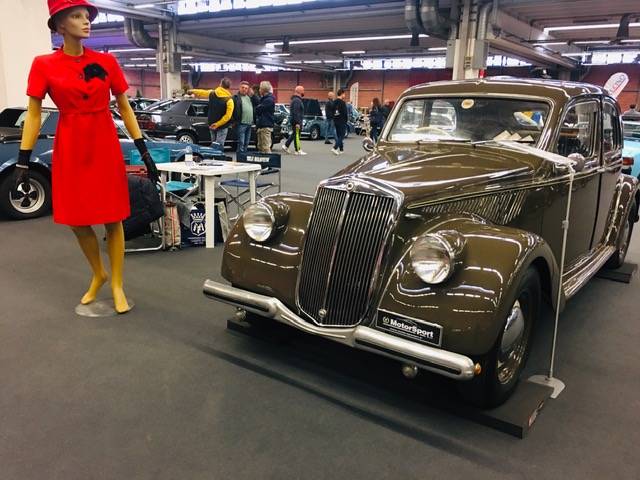
1946 | Lancia Aprilia
LANCIA APRILIA 2 SERIE 1.5 ASI ORO
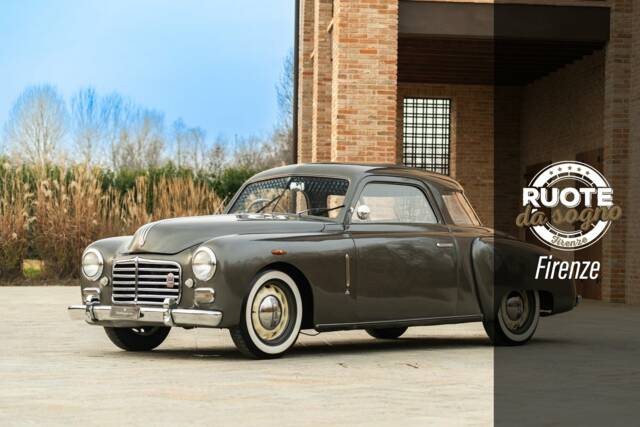
1948 | Lancia Aprilia "Monviso"
PRIVATE SALES
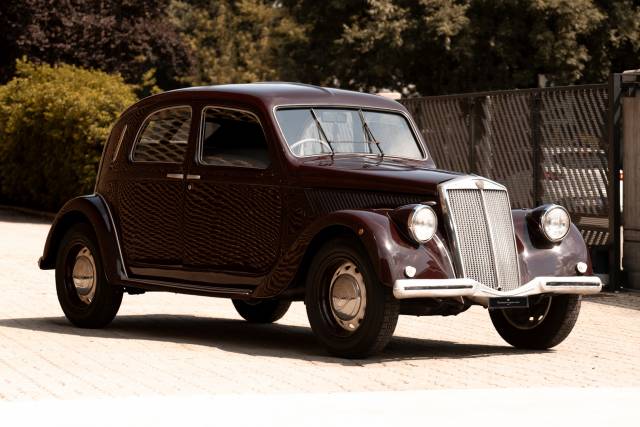
1949 | Lancia Aprilia
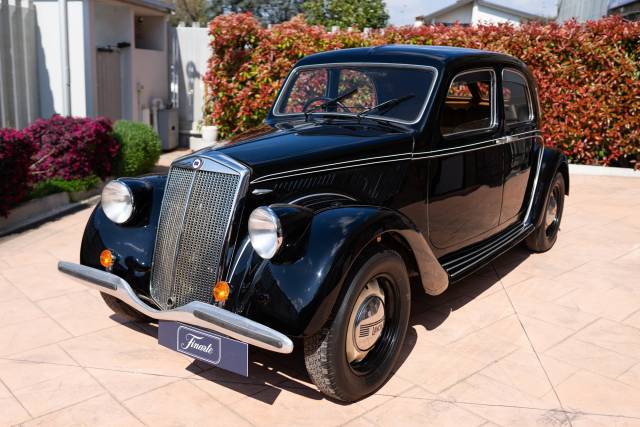
1940 | Lancia Aprilia

1949 | Lancia Aprilia
2 series
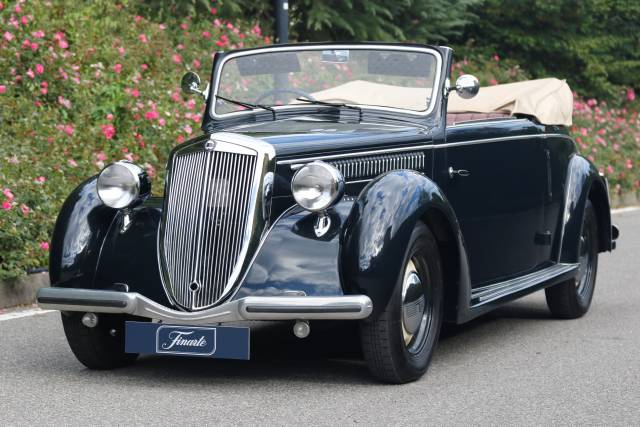
1939 | Lancia Aprilia
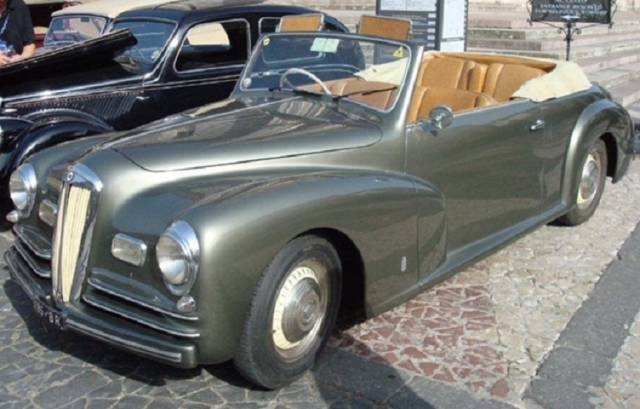
1947 | Lancia Aprilia Pininfarina Cabriolet
ASI ORO
History of the Lancia Aprilia
The Lancia Aprilia, introduced in 1937, is deeply significant for the Turin manufacturer as it was the last model developed with the involvement of company founder Vincenzo Lancia before his death. Showcasing groundbreaking automotive concepts, it was among the first cars worldwide to use wind tunnel testing—in partnership with Politecnico di Torino and Battista Farina—to create a body with a then-unprecedented drag coefficient of 0.47. In the Italian context, despite the switch to right-hand traffic in the mid-1920s, early Aprilia models continued with right-hand drive, illustrating its conservative Italian market approach. Throughout its twelve-year production run, Lancia maintained output even during WWII, with a scheduled suspension in 1943–1945 limiting production to fewer than 200 units. In total, 27,636 Aprilia units were built, including 7,553 coupés, and the vehicle made appearances in Hergé’s Tintin comics, cementing its place in European cultural history.
Model history
The Aprilia replaced the earlier Lancia Epsilon and was succeeded, albeit much later in class, by the Lancia Fulvia in 1963. The Aprilia’s platform was highly progressive, featuring a unitary body structure and four-wheel independent suspension, a rare technical feat at the time. Its flexible chassis allowed numerous coachbuilders—such as Pinin Farina, Bertone, Zagato, Carrozzeria Touring, Vignale, Langenthal of Switzerland, and Eagle/Newns in the UK—to craft saloons, coupés, convertibles and even bespoke bodies. From its debut in 1937, buyers could choose the standard or later the "Lusso" luxury version, with the second series debuting from 1939. Production extended until 1949, after which Lancia focused on larger models like the Aurelia. The Aprilia’s consistent presence during WWII and adaptability for external coachbuilding shaped its broad legacy.
Highlights and notable features
The Aprilia is renowned for innovations on multiple fronts: a tightly-angled V4 engine with overhead valves, independent rear suspension (then a rarity for its category), and its aerodynamic shape shaped by scientific approach, not guesswork. The self-supporting (“unit body”) steel structure contributed to excellent torsional rigidity and crash safety. Other technical highlights include the option to order the chassis without a factory body for custom coachwork, as well as options for luxury interior materials. The wide variety of external coachbuilders contributed to an exceptional diversity of Aprilias, ranging from sedans to rare cabriolets and competition specials.
In the Classic Trader marketplace, Aprilia models display a notable supply concentration: the "Serie II" Aprilia accounts for 51.2% of listings, "Modello 239" for 23.3%, and "Tipo 539" for 11.6%. Notably, demand statistics indicate strong buyer interest: "Tipo 539" gathers 27.4% of views, followed by "Serie II" at 26.0% and "Modello 239" close behind at 25.8%. This illustrates not only a healthy market but also a keen interest in the model's rarest variants.
Technical data
Special editions and coachbuilt rarities
Numerous coachbuilt Aprilias qualify as special editions, including cabriolets and coupés by Pinin Farina, Zagato, Bertone, Carrozzeria Touring, and Swiss firm Langenthal. UK-market cars by Eagle/Newns are distinguished by their ash wood framework, aluminium panels, Lucas electrics, Connolly leather, and custom dashboards. Competition variants, drawing on the V4’s advanced design, saw action in Italian and international events—some exceeding 160 km/h in tuned spec. The straight-to-coachbuilder chassis ('bare chassis') resulted in a veritable gallery of stylistic and mechanical one-offs, many of which are especially valued by marque experts.
Weak spots and classic ownership
Available documentation does not report common systemic mechanical faults specific to the Aprilia. As with all pre-1950s classics, rust prevention, structural integrity of unit body construction, and authenticity of coachbuilt or restored elements should be examined by specialists familiar with prewar Lancias. Availability of technical documentation and restoration records, often present, enhances value and ease of maintenance.
Engine, transmission, and road manners
The Aprilia’s performance is defined by its lightweight unit body, four-wheel independent suspension, and the compact V4 engine. The precise handling, for its era, is especially clear on winding roads where the low centre of gravity and sophisticated chassis excel. The manual 4-speed gearbox is robust yet smooth, matching the V4’s responsive nature. Competition-tuned Aprilias, with uprated powerplants, regularly surpassed 160 km/h, and the model achieved numerous race results from 1937–1950.
Popular variants include:
- Serie II – The most prevalent model on the market, featuring the mature form of Aprilia innovation, well represented in both demand and supply.
- Modello 239 – An evolution with valued technical or trim improvements, sought by enthusiasts.
- Tipo 539 – Commands the highest demand share, likely due to rarity or unique attributes.
- Cabriolets & bespoke coupés by top-tier coachbuilders: prized for exclusivity and style. - Serie II: 51.2% market share, 26% of listing views.
- Modello 239: 23.3% share, 25.8% in demand.
- Tipo 539: Highest demand relative to supply, at 27.4%.
Design: coachbuilt style and Italian genius
The Aprilia’s appearance reflects advanced aerodynamic research, visible in the smooth, tapered silhouette—a striking contrast to its squared-off contemporaries. Interiors are often finished in wool cloth, with chromed or Bakelite dashboard elements; high-grade leather was available as an option, especially in UK and luxury models. Cabriolets and coupés feature special elements: foldable roofs, aluminium bodywork, and unique trimmings as specified by each coachbuilder. British export models further differentiate themselves with wood and aluminium construction and Lucas system electrics. Instrument panels and seat arrangements often differ, especially for one-off bodies commissioned by collectors or for motorsport.
Other information: competitions and documentation
The Aprilia competed successfully in racing—both as full-bodied saloons and stripped competition cars—particularly in Italy. Vehicles are regularly registered in ASI (Automotoclub Storico Italiano) and are considered Mille Miglia eligible. Surviving documentation, black Italian plates, and original registration books enhance both provenance and desirability. Export and rebadged cars from the UK and Switzerland widen the cultural and stylistic bandwidth of the model’s legacy.
Summary
The Lancia Aprilia distinguished itself as one of the most advanced mid-sized cars of its era through technical rigor, aerodynamic design, and the freedom it gave to the great Italian and European coachbuilders. Whether as a standard saloon or a rare-bodied coupé or cabriolet, it offers a unique combination of engineering foresight and cultural heritage—a reference point for pre- and postwar motoring connoisseurs.


